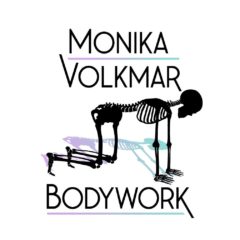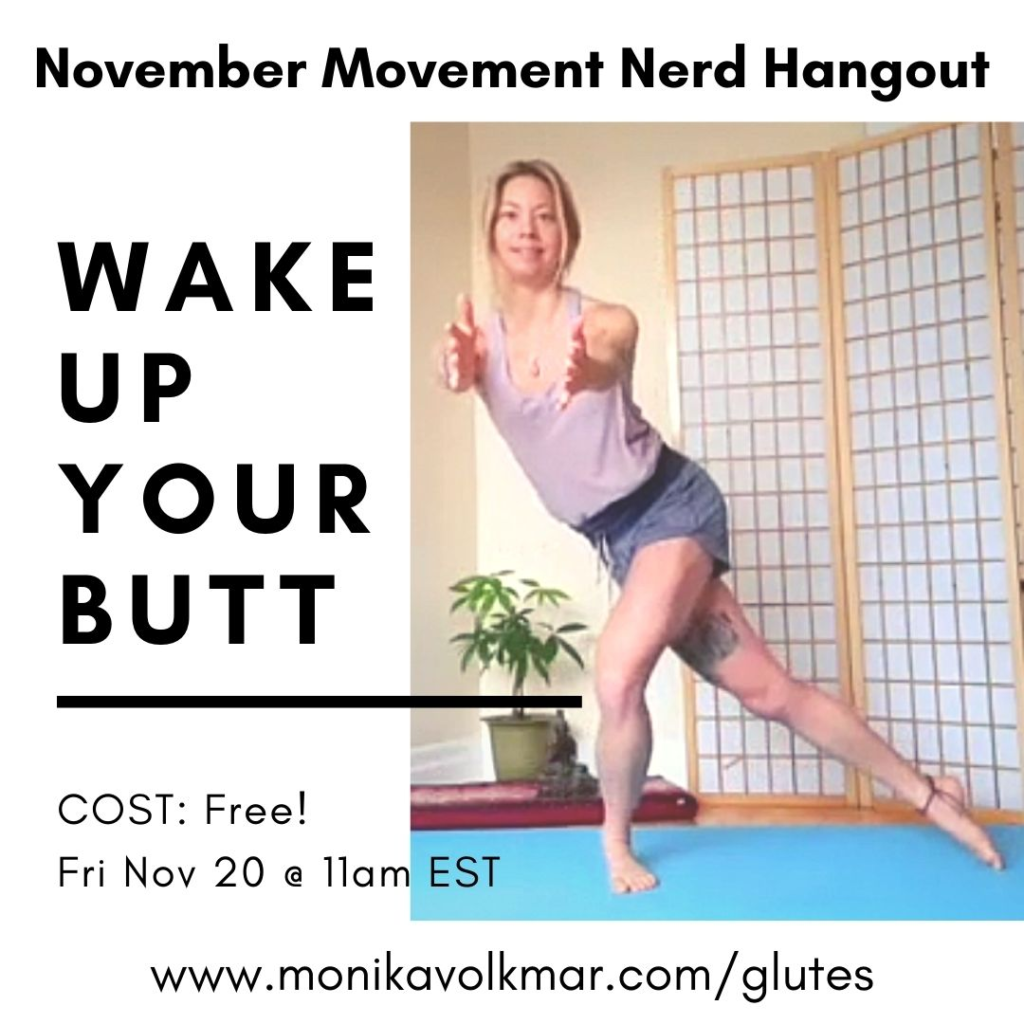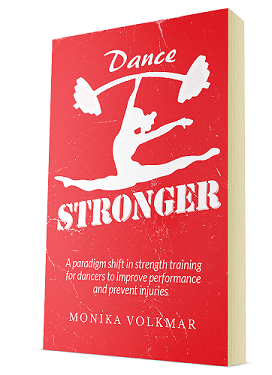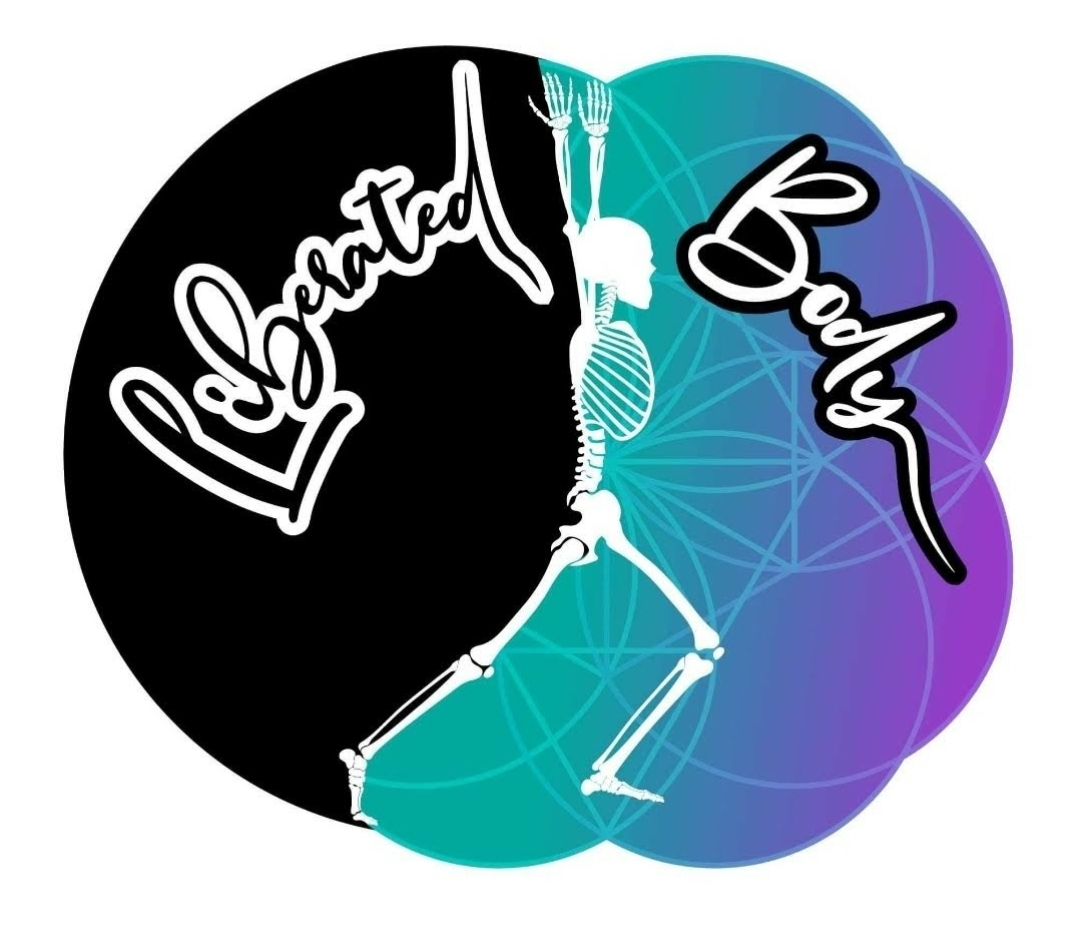>>GO HERE TO REGISTER FOR THIS FREE GLUTE-AWAKENING MOVEMENT SESSION, NOV 20 2020<<
Every month I do a free movement session to help you understand a part of your body better.
This month’s Movement Nerd Hangout is for you if you want to better understand, explore, and restore this powerful, important, beautiful (and possibly over-hyped) set of muscles…
Are you obsessed with working on your glutes?
It’s ok! I’m kind of obsessed, too… What’s your glute goal?
- Bigger glutes
- Stronger glutes
- More functional glutes
- Trying to rehabilitate your pain in the glutes
- Addicted to the Jane Fonda glute burn 😉
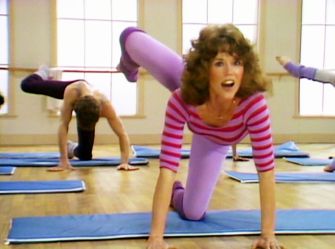
Here’s my confession about glutes…
I actually don’t care about your glutes… Well I do. Just not in the way you think 😉
Training the glutes is a little more nuanced than doing exercises to “activate” and “strengthen”.
And rolling your butt out on a ball isn’t really my idea of a useful self-care and recovery strategy.

So… What really matters in glute training? How well your hip joints move.
The paradigm shift…
Let’s switch from a muscle-centric to a joints-centric thought process for a moment…
Consider the following:
You can squeeze your butt without creating any motion at your hip join, BUT(T) when you actually move your hip joint, you have no option but to use your glutes.
So which would you rather do? Squeeze your butt and hope its “activating”? Or give it no option but to contract by taking it on a journey via the natural motion of your hip joint?
Glute function is wholly relient on how well you can access all tri-planaroptions for hip motion.
Can your hips access to all options for tri-planar joint motion they ought to be able to have while you walk?
- Flexion & extension?
- Adduction and abduction?
- Internal and external rotation?
The truth: Reduced access to hip motion= reduced access to glute function.
So the real meaning of “wake up your butt” is: Maximize your access to the hip mechanics that ought to happen with each footstep, which will give your glutes no option but to contract!
>> Register here for free and wake up your butt <<
The deets:
When: Fri November 20h @ 11am-12:30pm EST (Toronto)
Where: Monika’s Zoom Movement Lair (online)
How to sign up: Go here (it’s free!)
Can’t make it live? No problem. Sign up anyway, and I’ll make sure to send you the link to watch the recording 🙂 BUT attend live for the chance to win some sweet give-aways and bonuses (info below…)
Want to understand and improve the function of your glutes in the context of the gait cycle?
If you know me, most of the work I do is informed by Gary Ward’s Anatomy in Motion, and his Flow Motion Model of the walking cycle: What every joint does, and when it does it, in gait.
Having efficient walk mechanics is important, because its what our bodies are set up to do. My movement practice philosophy revolves around enhancing access to gait mechanics, thus showing our body it’s original instructions for how to move with more ease.
So our big question this month is…
What should your butt muscles actually be doing when you walk?
Very specific things, at different moments in time.
A few glute training myths:
MYTH 1: The epitome of functional glutes is the ability to do heavy-ass hip thrusts, squats and deadlifts with a barbell. Impressive, but not all there is, because many folks can get strong AF without actual access to their hips and glutes.
MYTH 2: This photo acurately represents your three glute muscles…

MYTH 3: Squeezing your butt during every exercise, while you go up stairs, and while you walk, is a great way to improve how well they engage. Nope… Because that’s not actually how your body uses your glutes.
MYTH 4: Anteriorally tilting the pelvis makes your glutes stop working, so tucking and squeezing is the best way to engage glutes. Nope, and as we’lle xplore, an anterior pelvis tilt is crucial for glute recruitment.
Hang out on Nov 20 to debunk these glute myths, and more 🙂
Gary Ward’s first two big rules of motion:
This hangout is informed by Gary Ward‘s first two rules of motion.
In gait:
- Joints act, muscles react
- Muscles lengthen before they contract
No joint motion, no muscle function.
No tissue length, no tissue contaraction.
So, what joint actions do we need for the best glute reaction?
What hip joint motions happen in gait that lengthen the glutes, and thus give them no option but to contract?
We’ll explore those two questions, with movement 🙂
Sign up and learn the building blocks of joint motion required for effective glute function
What you’ll get out of this session:
Other than hanging out with me for 90 mins… 😉
- Better understanding of what your glutes actually do as you walk so you can train them more intelligently
- Better access to using your glutes, with less compensation, to help with sports performance, aesthetics, and joint health
- Tools to self-assess how well your hips move and glutes function, so you can give them what they need
- A set of exercises to add to your movement practice, training session warm-up, and self-care routine for happier hips, and more functional, healthy glutes
- Less need to have someone dig their elbow into your butt
Sound good? Register now for the glute goodness
Here’s what we’ll cover:
- Basic functional anatomy of the three glutes: Maximum, medius, and minimus
- Three dimensional motions available at the hip
- What combinations of hip motions load the glutes, that we ought to be able to do unconsciously as we walk, and why this is important for efficient movement (versus just squeezing your glutes)
- What does “center of mass management” have to do with glute function?
- Difference between glute strengthening exercises (like squats and hip bridges), and how the glutes function as we walk.
- Self-assessments for glute function and hip motion
- A juicy, glute-y, movement exploration to experience three-dimensional hip motion
- Why is foot pronation and supination so important for optimal glute function?
Sounds fun and nerdy, right??
>>Sign up here for FREE<<
Attend live and win free stuff
As always, for those who attend live, I do a real old-fashioned draw from a real hat. This month, a few amazing movement educators have donated their online offerings as prizes that you could win if you attend the hangout live.
Here’s what you could win this month:
A free 55 minute one-to-one Zoom movement assessment from Je-An Salas

Je-An is a fabulous multi-facetted movement practitioner. She is a former professional dancer with the National Ballet of Canada who has earned quite the reputation for helping people put their bodies back together again. Along with being a pilates teacher and fascial fitness trainer, she is also a devotee Anatomy in Motion student and practitioner. She gets great results with ptrivate AiM Zoom movement sessions, and I think you’ll love stepping into her movement/healing vortex.
Free registration for my upcoming Liberated Body Workshop
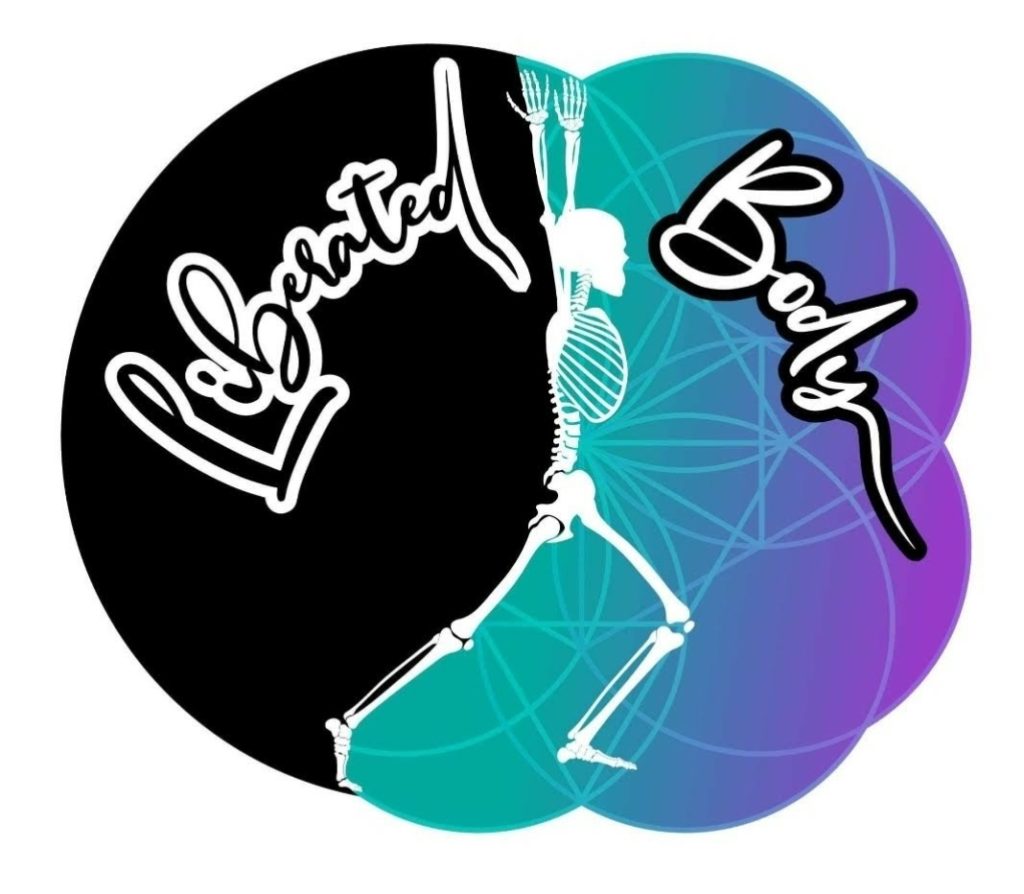
Everyone who attends live will be entered in a draw to win one free spot in my upcoming Liberated Body 4 week workshop, starting on Nov 23 2020. It’s a 4 week adventure through the gait mechanics of your bones and joints, basd on Gary ward’s Anatomy in Motion.
I’m so excited to host this free hangout, and I look forward to all the glute things with you onNov 20th 🙂
Register now, and shoot me an email to tell the story of your butt 😉
Who am I and what do I know about butts (I mean hips…)?
Hey, I’m Monika.
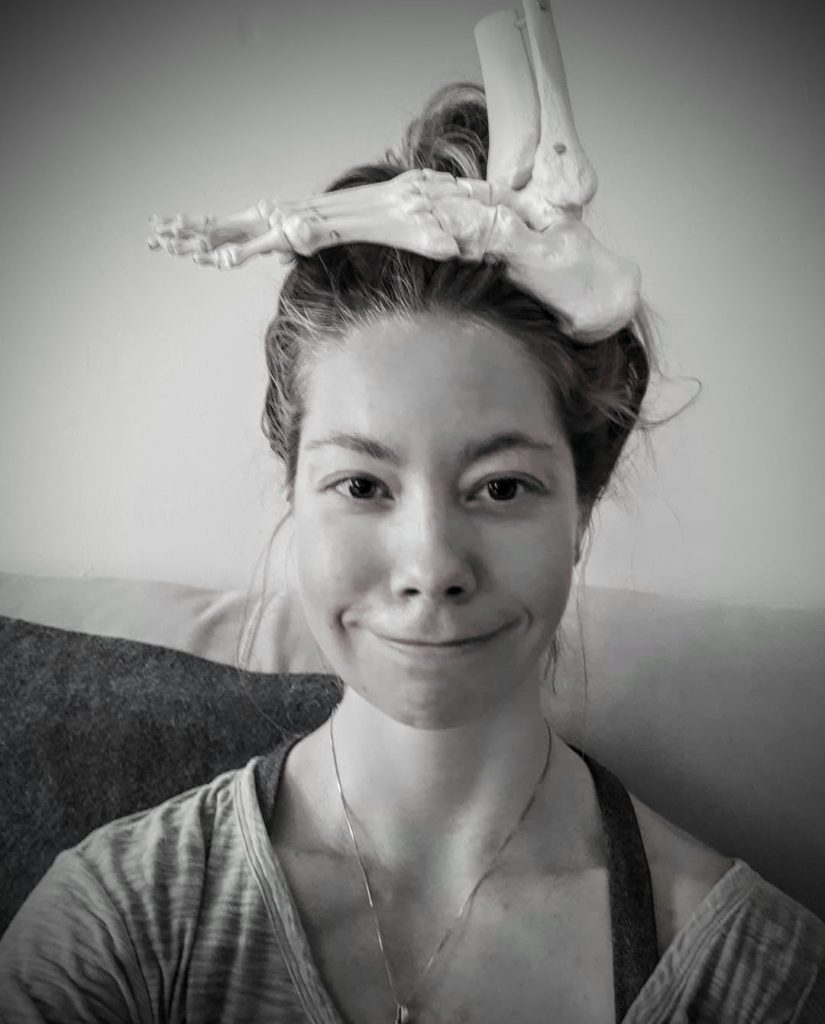
I used to be a dancer until I got injured one time too many and had to quit.
My injuries were a blessing in disguise, leading me down a path I love: Learning about movement mechanics and sharing what I’ve learned to help people become their own best expert on moving better and getting out of pain, like I was able to do.
I embarked on what I call my “DIY journey to pain free living” (because I was too broke to afford a therapist, and had sabotaged my dance career, so the best hack seemed to be to start a new career in a field that forced me to learn to heal myself).
I like to say I’m a disciple of Gary Ward’s Anatomy in Motion (AiM). Disciple simply means disciplined to the task of life-long learning.
AiM is a framework for working with the body to enhance performance and releive strain on the body based on it’s original instructions for joint mechanics as we walk. What makes AiM so unique and effective as a context for movement learning is the particular attention paid to the relationship the mechanics of the feet have with everything up the chain.

In 2015 I wrote a book called Dance Stronger inspired by the AiM philosophy. My hopes was to help dancers learn how to strength train and practice self-care.
Through exploring the AiM model of gait mechanics (what all your body’s joints should be doing at the right times while you walk), we can see where your body might be missing the appropriate joint mechanics and help the body remember them with specific exercises.
It’s cool stuff. And it’s been the most effective thing I’ve found so far on my movement learning journey. And all my teachings, like this free hangout, are based on AiM philosophy and gait mechanics.
I’ve been learning and sharing this work with my clients in person in my bodywork and movement therapy practice, and recently, since COVID, online in my Liberated Body Workshop.
Want to hang out with me on the social medias? I have Instagram. I mostly post nerdy movement things and videos of me doing handstands.
>>REGISTER HERE FOR THE FREE MOVEMENT NERD HANGOUT Nov 20th<<
Important disclaimer: This session in NOT meant to replace receiving appropriate medical diagnosis and care. It is an informal, educational session intended to empower you to learn more about why your body might feel the way it does, and suggest strategies that may be useful. If you are unsure if this session is for you, or you are in acute pain that is severely affecting your quality of life, please consult with a trusted health care practitioner.
